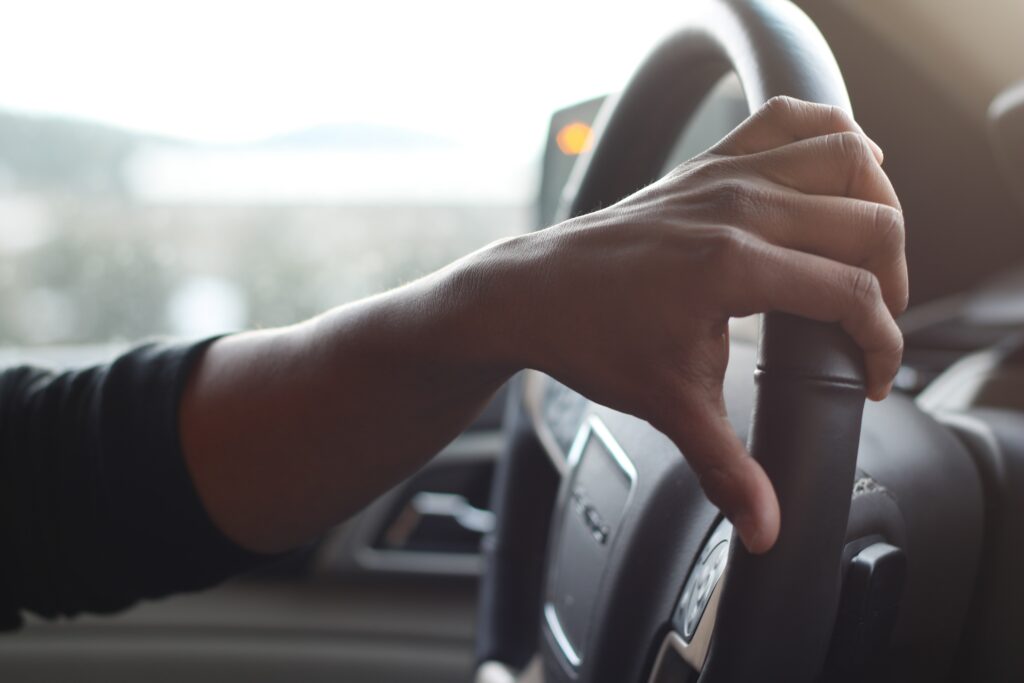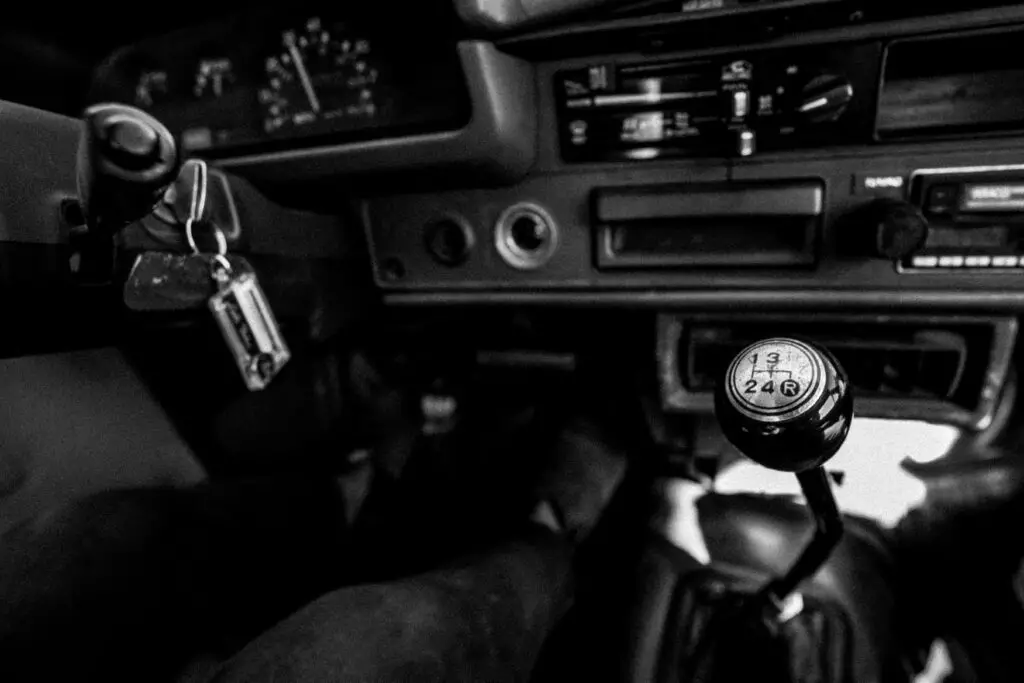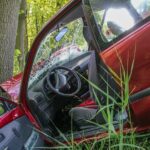Most people are well aware of the risks and hazards associated with driving, so they know what to do in order to reduce them and stay safe when they’re out on the road. Its common knowledge that distracted driving, tailgating, speeding, driving under the influence, or not wearing your seatbelt can lead to unpleasant or even tragic consequences.
However, driving hazards are not limited to the aspects we’ve mentioned above. There are many other things to take into consideration when you get behind the wheel if you want to stay safe. Unfortunately, most drivers tend to ignore these less talked about auto safety issues, exposing themselves to unnecessary risks. That’s why so many of them get into car accidents that could have been easily avoided if only they focused more on safety.

Some of these issues are maintenance-related, while others have to do with simple precautions that can make a big difference. If you’ve been a victim of a car accident that happened due to another driver’s carelessness, resources such as CompensationCalculatorUK can help you work out your potential compensation entitlement.
However, it would be a lot better if you never got to that point in the first place. So, here are 7 of the most overlooked automotive safety issues you should pay attention to.
1. Damaged Brake Lines
The brake system is one of the most important safety features in a car, so you have to make sure it functions properly at all times. Like all other vehicle parts, brake lines are also subject to wear and tear, especially if you live in a place with bad weather conditions that increase car damage. Since they’re exposed to the elements, brake lines are prone to rust and breakage.
You might think that this is an easy-to-detect problem since most people know to check their brakes if they show signs of malfunction. But that’s the catch – while other brake issues such as worn-out brake pads can be spotted easier due to the warning signs, damaged brake lines are not as obvious. It’s important to check your brake lines regularly for signs of damage such as rust or leaking brake fluid, and address issues immediately to avoid further problems.
2. Underinflated Tires
Underinflated tires don’t sound like such a big issue, but they can lead to serious road accidents. Just think what would happen if you were driving at full speed on the highway when, all of a sudden, your tire blows out due to poor tire pressure. You’ll have difficulties controlling your vehicle, increasing the risk of a car crash. Getting involved in a traffic accident or dealing with personal injury claims is the last thing one expects when hitting the road, but something as simple as an underinflated tire can lead to all that.
At best, improperly inflated tires will reduce your gas mileage, which is not something you’d wish for either. Checking tire pressure in all tires as often as possible is the wisest thing to do if you want to make sure you don’t run any unnecessary risks.
3. Weak Batteries
With proper care and maintenance, car batteries can last quite a long time, but they do have a limited lifespan (somewhere between four to six years). Although there are several methods that can help you increase the life expectancy of your car battery, it will gradually deteriorate in time until it will no longer be able to provide the necessary power to start your car.
Instead of relying on a weak battery that can die anytime and leave you stranded in the middle of the road, you should check your battery regularly once it gets close to the 3-year mark, and replace it sooner rather than later.
Also Read:
- Top 5 best Fire Extinguisher for Car of 2021 in USA
- Top 6 Best Portable Tire Inflator For Car in 2021 in USA
- Top 5 Best Vacuum Cleaner for Car of 2021 in USA
4. Animal Damage
This is a hazard that most people never take into consideration and it even sounds downright hilarious to some, but animal damage is something that happens quite often to a lot of vehicles. During the winter months, a lot of small animals seek shelter in warmer places, and your parked car is definitely a tempting option for them.
If you notice any signs that your car has been transformed into a cozy home by ferrets, squirrels, or even cats, make sure to check if they’ve done any damage to your car’s wiring, hoses, or any other parts that they might chew on. You never know what those small critters have been up to while you were away.
5. Cooling System Issues
Another car part that is essential to the proper functioning of your vehicle is the cooling system. While the air conditioning system is responsible for providing an optimum temperature for people inside the car, the cooling system does the same thing for the engine.
Needless to say, if the car’s cooling system fails, you can experience serious engine problems. It would be great if people checked their cooling systems as often as they checked their AC systems, but they often forget about this aspect. So, next time you take your car to the mechanics, make sure you put cooling system inspection on the maintenance list.
6. Eye Problems
This one has nothing to do with the vehicle’s condition, but with people’s ability to drive safely. Drivers tend to focus on car maintenance to ensure road safety, but they sometimes forget to check themselves to see if they’re fit for driving.
A lot of people these days have serious eye problems due to the nature of their work, health issues, genetic conditions, etc. Unfortunately, as you age, your eyesight deteriorates and that can affect your ability to drive. If you notice that your vision has become blurry and you can’t see as clearly as you once used to, it’s time to make an appointment with your ophthalmologist and get your eyes checked.
7. Loose Objects in the Car
This last hazard is neither about car maintenance nor about people’s fitness to drive. It has to do with a very simple precautionary measure that most of us are guilty of ignoring: leaving heavy loose objects inside the car.
Loose objects won’t cause any damage when you’re driving smoothly, but during an accident, they can turn from harmless items into dangerous projectiles. Try to eliminate these risks by keeping objects in the trunk rather than inside the car.
Keep these risks in mind when you get ready to hit the road, so you can enjoy smoother and safer rides.









